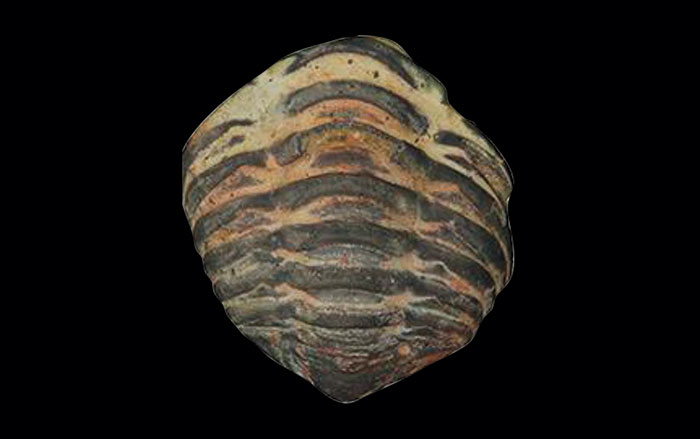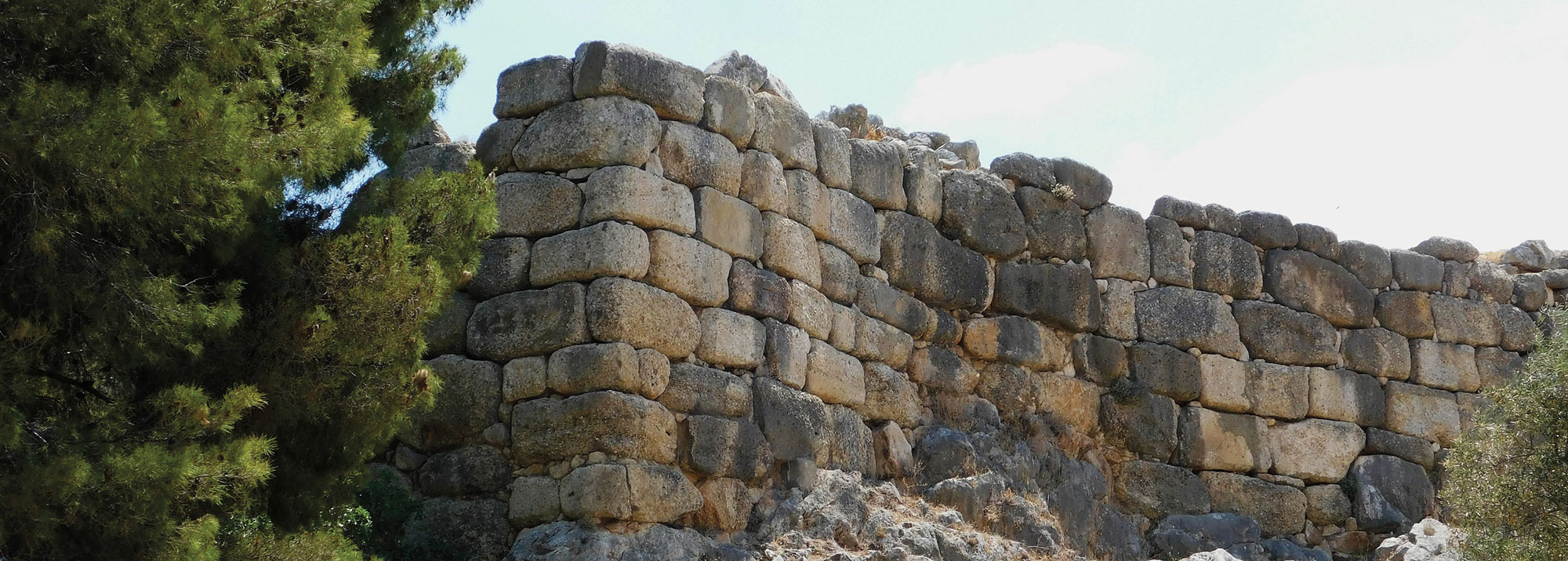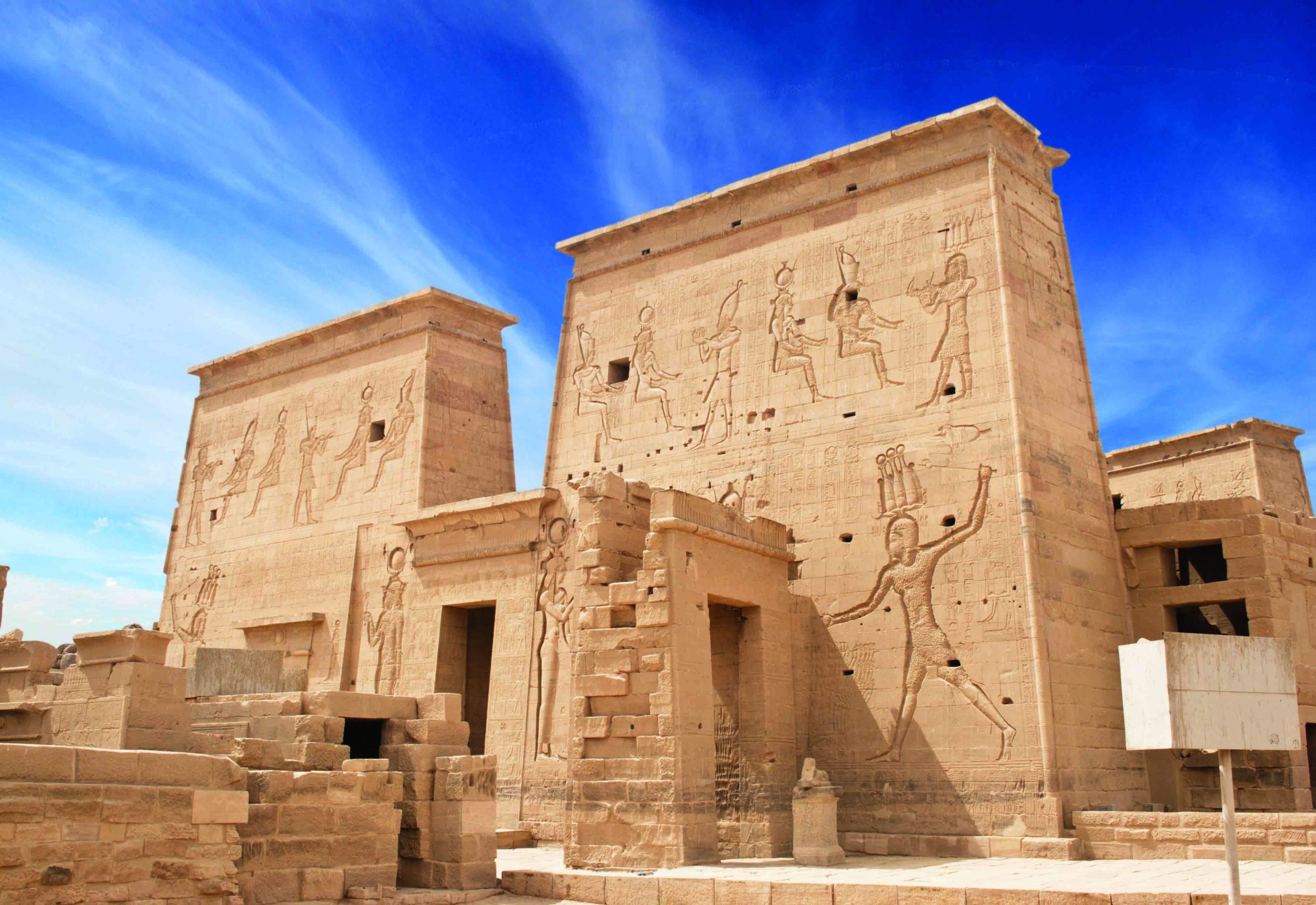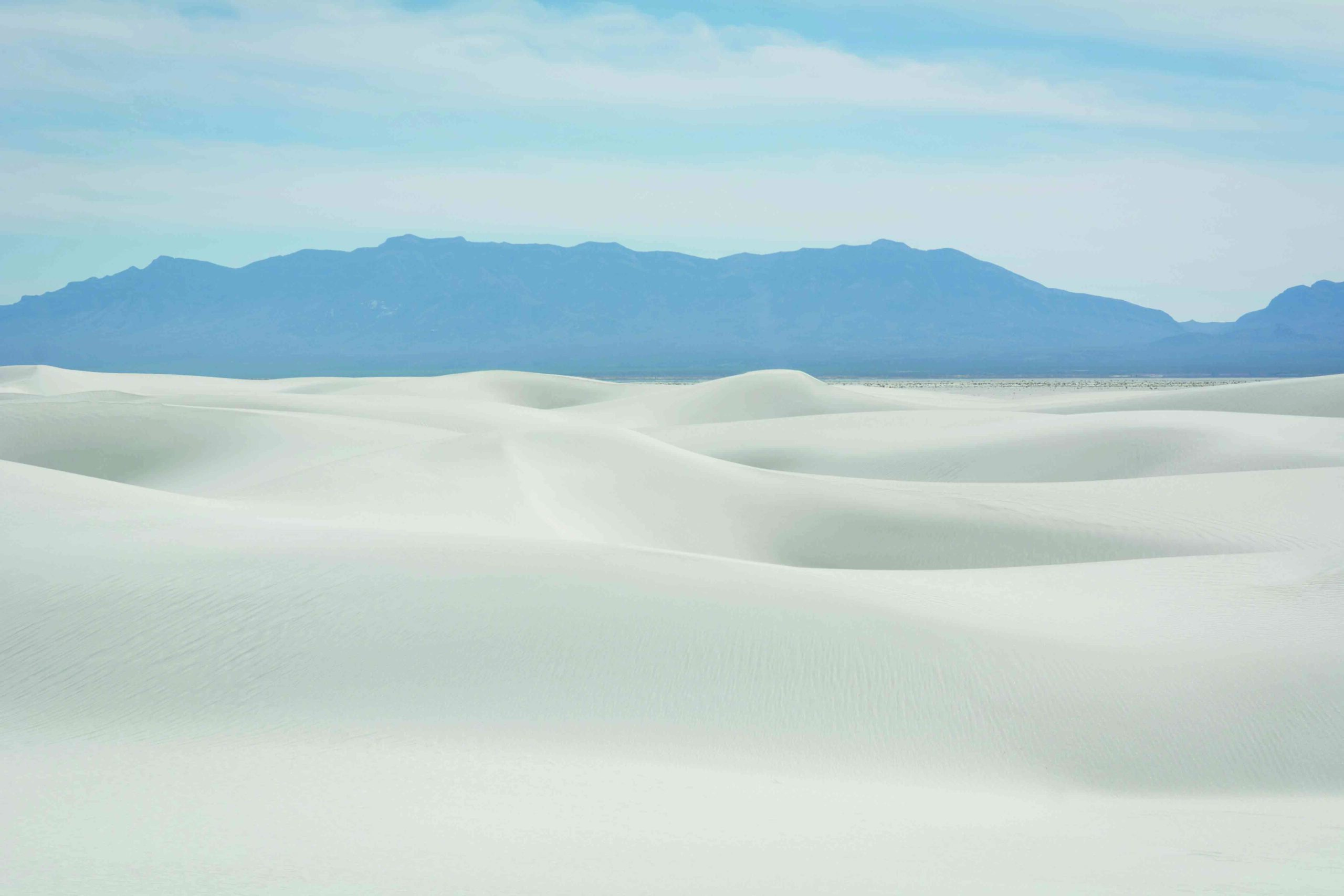
CAMBRIDGE, ENGLAND—Gizmodo reports that a study of volcanic ash in southwestern Ethiopia has pushed back the age of the oldest-known modern human fossil, called Kibish Omo I, to at least 233,000 years old, or 36,000 years older than had been previously thought. “This is the best estimate we have at the moment, and it is congruent with the most recent models of human evolution, which place the emergence of our species—Homo sapiens—between 350,000 and 200,000 years ago,” said volcanologist Céline Vidal of the University of Cambridge. The fossil was discovered in 1967 at the Omo Kibish Formation, which is located within the more than 4,000 miles of East Africa’s Great Rift Valley. Vidal and her colleagues analyzed rocks from volcanic eruptions in the Rift Valley, and compared their chemical signatures to the composition of layers of volcanic ash at archaeological sites. The researchers were able to connect the six-foot layer of ash that covered the Omo I fossil to the eruption of a volcano some 250 miles away. “We identified the source of the ash to be a colossal eruption of Shala volcano, which occurred about 233,000 years ago,” she said. “This means that Omo I is older than 230,000 years.” Read the original scholarly article about this research in Nature. To read about a 3.8-million-year-old hominin fossil uncovered in northern Ethiopia, go to "Artifact."










